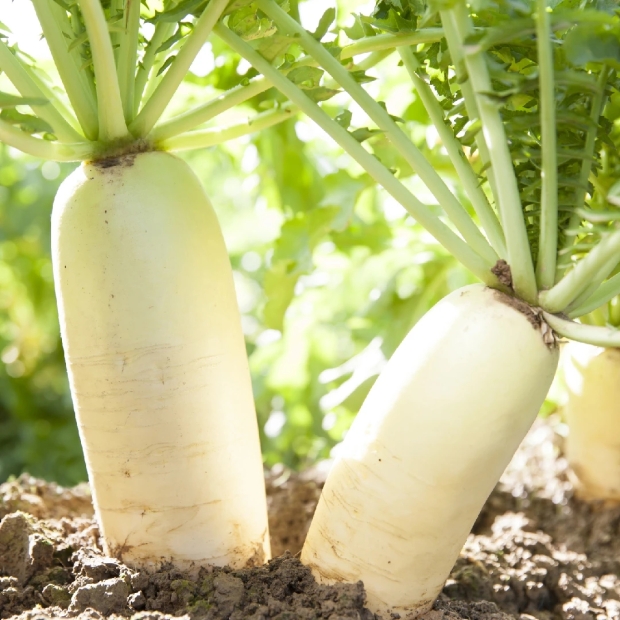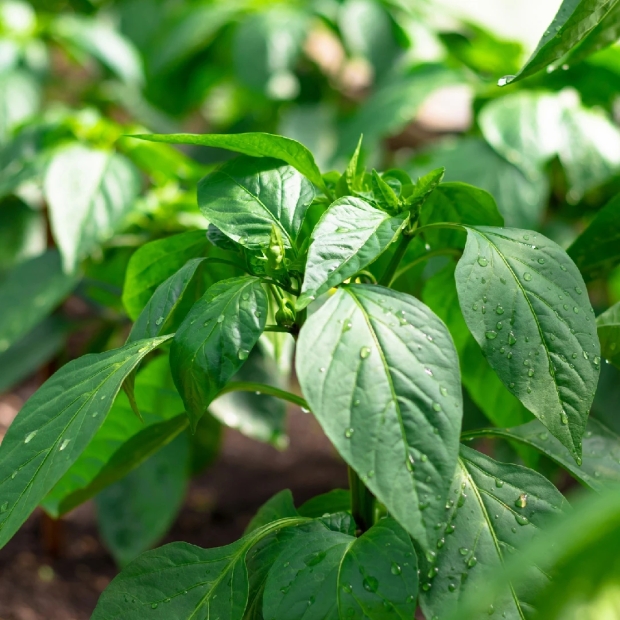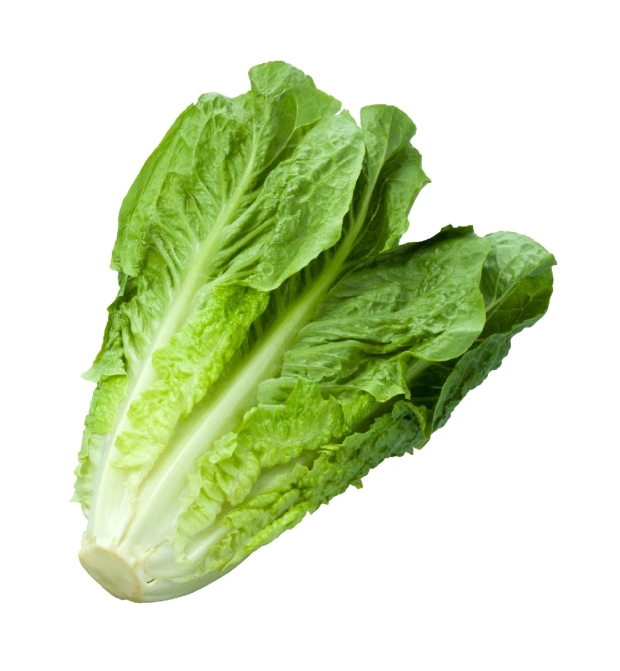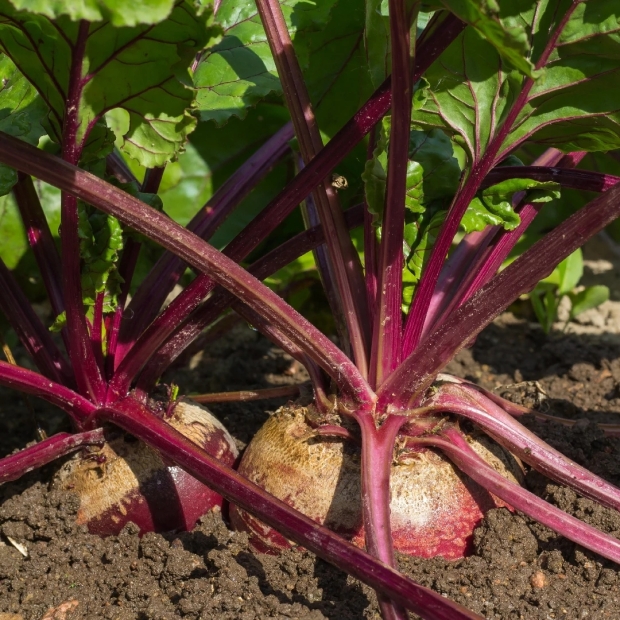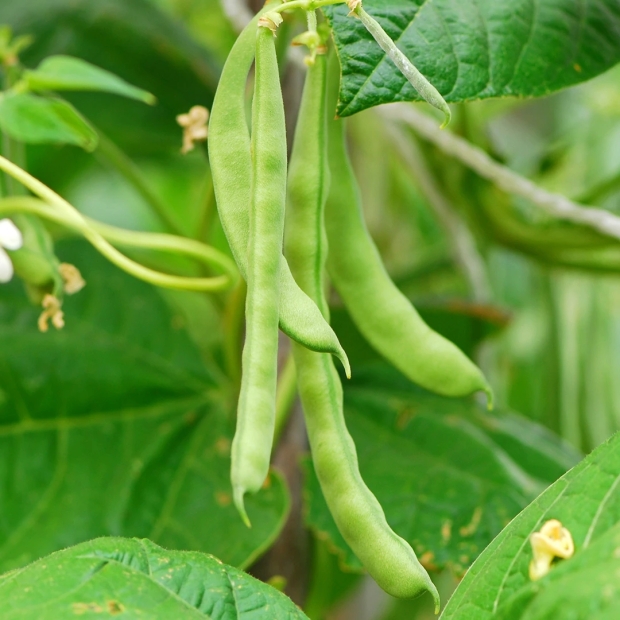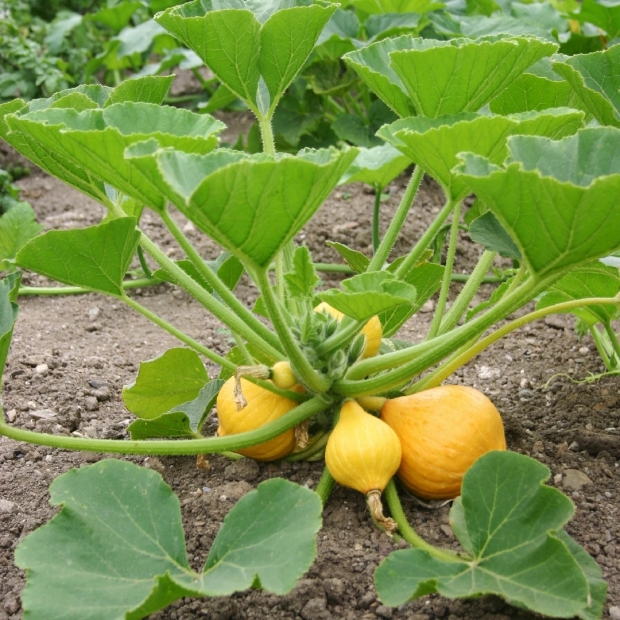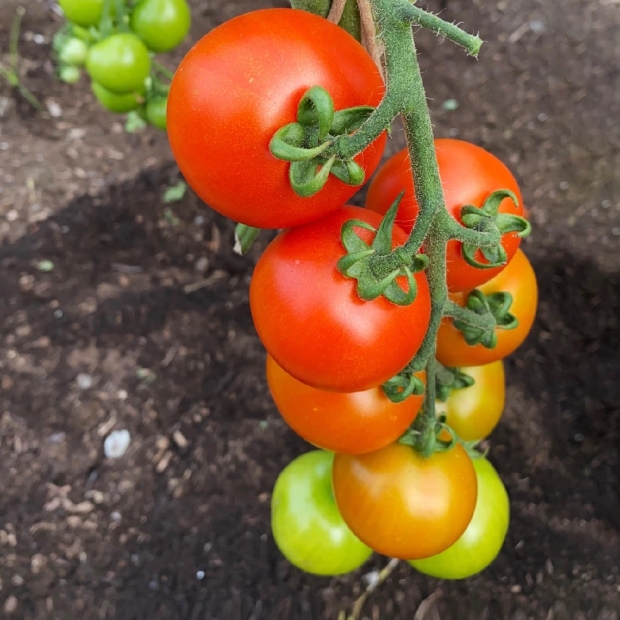Carrot
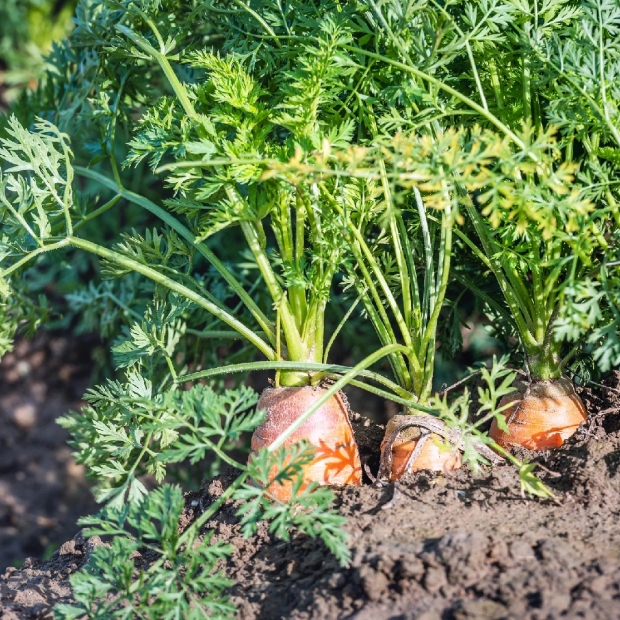
Carrot (Daucus carota subsp. sativus) is the domestic version of its wild relative. This ubiquitous vegetable is closely related to parsley, fennel, and dill. The orange root can be eaten cooked or raw. The Carrot is self-fertile and is pollinated by flies and beetles, who use its flowers as a food source.

